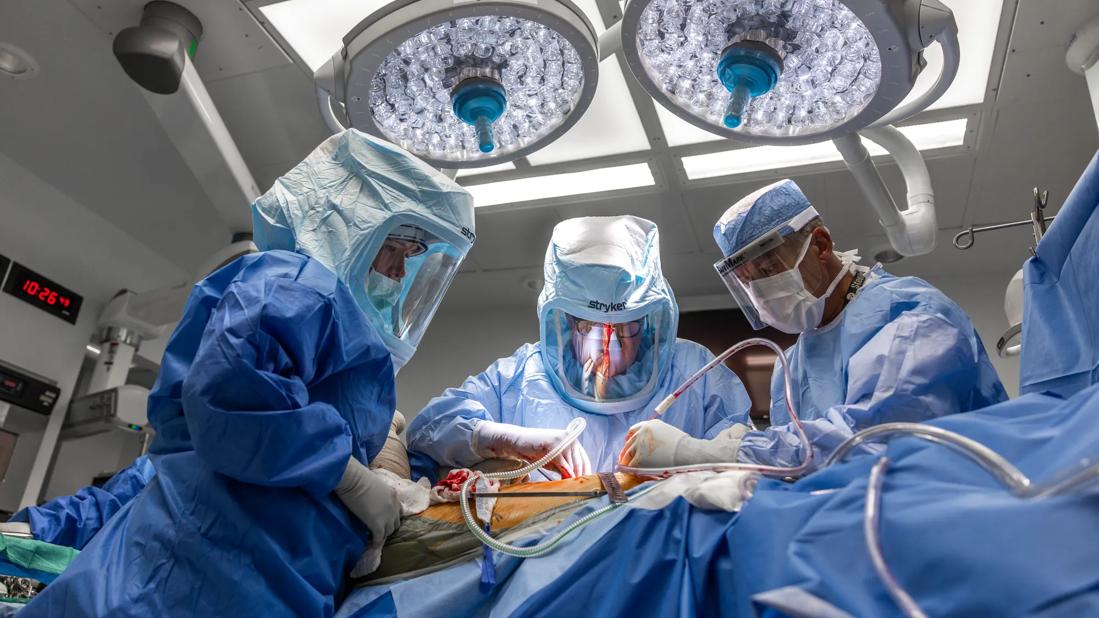Improvements in patient care, research and education set the stage for a promising future

Advertisement
Cleveland Clinic is a non-profit academic medical center. Advertising on our site helps support our mission. We do not endorse non-Cleveland Clinic products or services. Policy
Cleveland Clinic’s rich, patient-centered history began 100 years ago. Even then, innovation was the cornerstone of our academic healthcare mission. It has enabled us to create a culture that drives improvements in patient care, leads breakthrough research and provides exemplary training.
In orthopaedic surgery, specifically, this culture of innovation gave rise to several notable accomplishments in the last century — from early work in carpal tunnel diagnostics and the advent of sports medicine to surgical innovations that became the gold standard, and more.
Some of our most meaningful accomplishments include:
Advertisement
In this same spirit of innovation, last year we increased utilization of virtual visits, created a self-scheduling platform and expanded our centers of excellence and robotic-assisted surgeries. We are exceedingly proud of our history and are heartened by the future possibilities in delivering care.
Dr. Patterson is Chair of the Department of Orthopaedic Surgery in Cleveland Clinic’s Orthopaedic & Rheumatologic Institute. His specialty areas include limb salvage, complex fractures, adult reconstruction, hip and knee replacements.
Advertisement
Advertisement

Systematic review of MOON cohorts demonstrates a need for sex-specific rehab protocols

Should surgeons forgo posterior and lateral approaches?

How chiropractors can reduce unnecessary imaging, lower costs and ease the burden on primary care clinicians

Why shifting away from delayed repairs in high-risk athletes could prevent long-term instability and improve outcomes

Multidisciplinary care can make arthroplasty a safe option even for patients with low ejection fraction

Percutaneous stabilization can increase mobility without disrupting cancer treatment

Study shows that postop function is closer to normal than with total hip arthroplasty

A tailored approach combining injections, therapy and preventive care is improving outcomes for patients with elbow OA